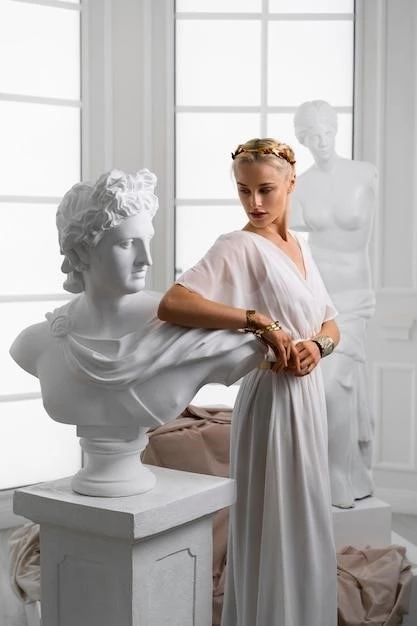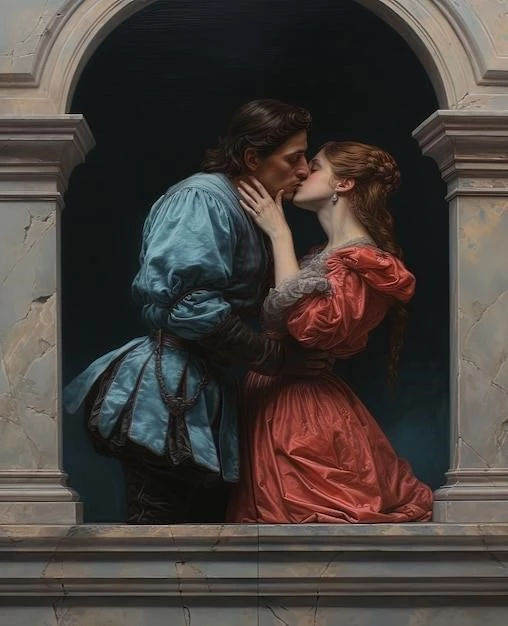A Journey Through the Renaissance: Witnessing the Birth of Modernity
Stepping into the Uffizi Gallery in Florence, I was overwhelmed. Not by the crowds, though they were considerable, but by the sheer beauty and innovation staring back at me from the canvases. Botticelli’s Venus, Da Vinci’s Annunciation – these weren’t just paintings; they were declarations. Declarations of a society throwing off the shackles of the medieval world and embracing a bold, humanist future. That, I realized, was the essence of the Renaissance.

More Than a Rebirth, a Revolution
We often hear the Renaissance described as a «rebirth,» a rediscovery of classical art and learning. And while that’s true, it feels too simplistic, too passive. What I encountered in Florence, in Rome, in the works of Michelangelo and Machiavelli, wasn’t a passive rediscovery, but an active reimagining. The Renaissance was a revolution, a seismic shift in how humanity saw itself and its place in the universe.
Humanity Takes Center Stage
One of the most striking aspects of the Renaissance was its focus on the individual. In the medieval world, life revolved around God and the Church. But in the Renaissance, human potential and achievement took center stage. I saw this reflected in the art, of course, but also in the writings of the humanists – Petrarch, Erasmus, and others. They celebrated human reason, creativity, and the pursuit of knowledge.
From Faith to Reason: A Gradual Awakening
This shift from a God-centered to a human-centered worldview didn’t happen overnight. It was a gradual process, a slow awakening fueled by a rediscovery of classical philosophy and a growing dissatisfaction with the limitations of medieval thought. I was particularly struck by the writings of Galileo Galilei. Here was a man challenging centuries-old dogma, using observation and reason to unlock the secrets of the universe. His struggles with the Church highlighted the growing tension between the old and the new.
Art as a Mirror to the Soul
Of course, no discussion of the Renaissance would be complete without mentioning the art. It wasn’t just the technical mastery that impressed me, but the emotional depth and realism. Consider Michelangelo’s David. This wasn’t just a statue; it was a study of human anatomy, of emotion, of the very essence of what it meant to be alive. Similarly, Leonardo da Vinci’s Mona Lisa, with her enigmatic smile, captured the imagination and sparked endless interpretations. These weren’t just beautiful objects; they were reflections of the Renaissance spirit – inquisitive, expressive, and deeply human.

Beyond Italy: A Europe Transformed
While Italy was the cradle of the Renaissance, its influence soon spread throughout Europe. Traveling north, I encountered the Northern Renaissance, with its own unique characteristics. In Flanders, I was captivated by the intricate details and symbolism in the works of Jan van Eyck and Hieronymus Bosch. In Germany, I grappled with the revolutionary ideas of Martin Luther and the Protestant Reformation, a movement that would reshape the religious landscape of Europe.
The Legacy of the Renaissance: Shaping the Modern World
The Renaissance wasn’t just a historical period; it was a catalyst for change that continues to shape our world today. It gave us the scientific method, the printing press, and a new way of looking at the world—one based on reason, observation, and the power of the human spirit. As I stood in the shadow of Brunelleschi’s Duomo in Florence, I couldn’t help but feel a sense of awe and gratitude for the legacy of the Renaissance, a legacy that continues to inspire and challenge us today.
A Journey of Discovery and Transformation
My journey through the Renaissance was more than just a tour of museums and historical sites; it was a journey of discovery and transformation. I encountered not just great works of art and literature but also a new way of seeing the world—one that celebrated human potential and the pursuit of knowledge. The Renaissance was a time of great upheaval and change, but it was also a time of incredible creativity and innovation, a time that continues to resonate with us today. And as I left the Uffizi Gallery that day, I knew that I would carry the spirit of the Renaissance with me always, a reminder that we are capable of achieving great things when we dare to challenge the status quo and embrace the power of the human spirit.









